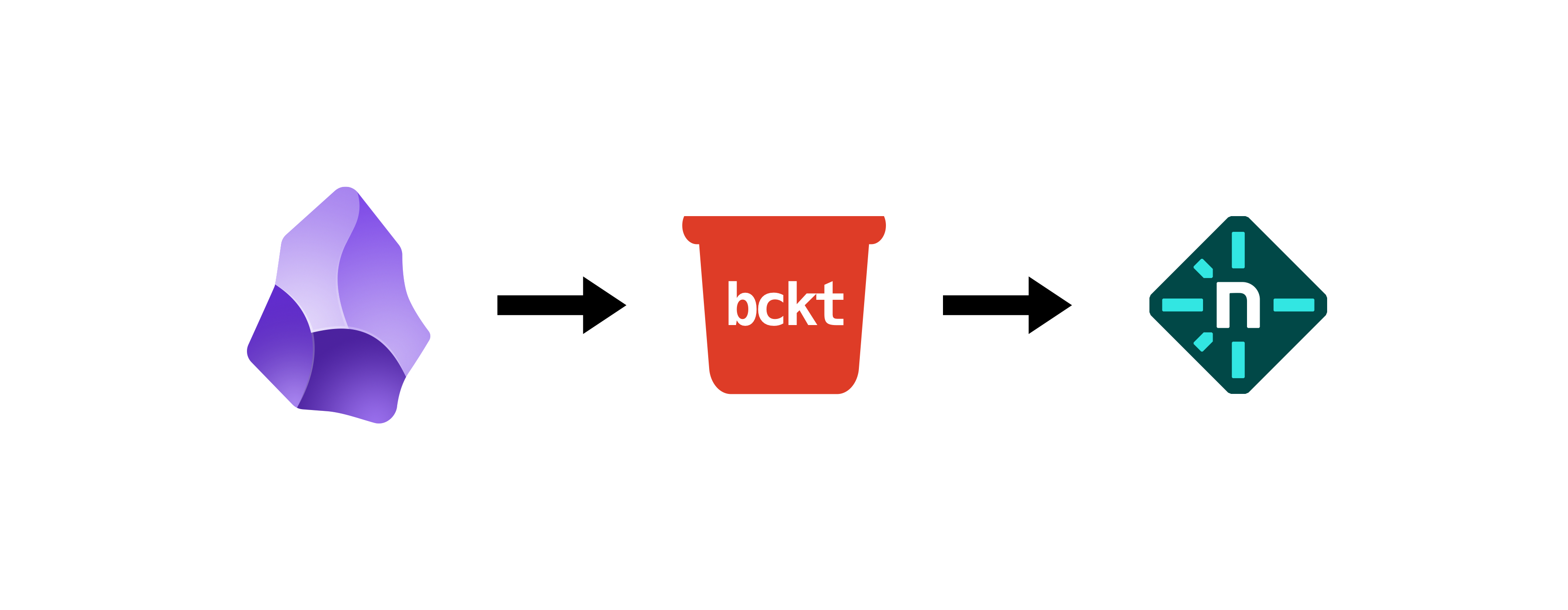Here's my blog posting workflow, using bckt1, Obsidian2, and Netlify3.
The setup
All my posts live in a folder called posts/, which I’ve added as an Obsidian vault. That gives me a nice writing environment with all of Obsidian’s goodies.
Inside the vault, I keep a posts/_obsidian/bckt-template.md file that looks like this:
---
title: "{{title}}"
date: {{date:YYYY-MM-DD hh:mm:ss}}
abstract: >
Use this to add a post abstract
tags: []
attached: []
image:
---
This is my frontmatter template for new posts.
Note
An empty posts/_obsidian/.backtignore instructs bckt to skip this folder when rendering the site.
Writing a post
When I want to write something new, I create a folder like this:
posts/2025/10/251023-my-bckt-workflow/
Then I drop a markdown file inside — for example post.md. (The name doesn’t matter; bckt will pick any <filename>.md.)
I use Obsidian’s Templates: Insert template action to insert my frontmatter, then I fill in the title, date, and abstract, and start writing.
I also add any related files (for example, images) in the same folder, and include them in the attached frontmatter field. I can then reference them relatively (ex: ), and bckt will take care or the rest.
Turning Farcaster casts into posts
Sometimes I post something short on Farcaster4 that I later want to turn into a proper blog post. That’s where bckt-fc comes in. I just run a command like:
bckt-fc --castid vrypan/0xe9e10a9ae08803d21e4c80ce6da730dd3ff3d6a5 \
--destination posts/2025
This fetches the cast (and any images or videos in it) and automatically creates a new post in my posts/2025 folder. It’s a quick way to turn spontaneous thoughts into something more permanent.
Publishing the site
Once I’m done writing, I render the site with:
bckt render
If I want to preview locally, I use:
bckt dev
Finally, to push everything live, I deploy to Netlify:
netlify deploy --dir=html --prod
And that’s it — a full publishing loop that starts in Obsidian and ends with a live post on my blog, all backed by git and simple CLI tools.
